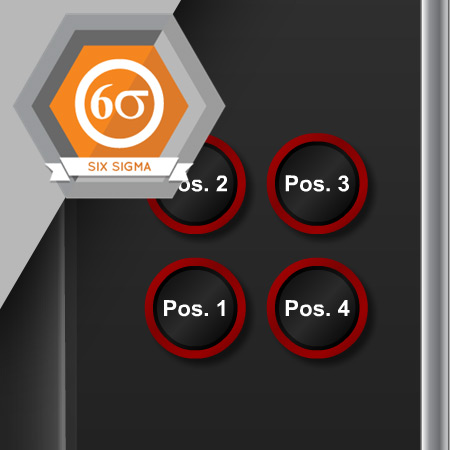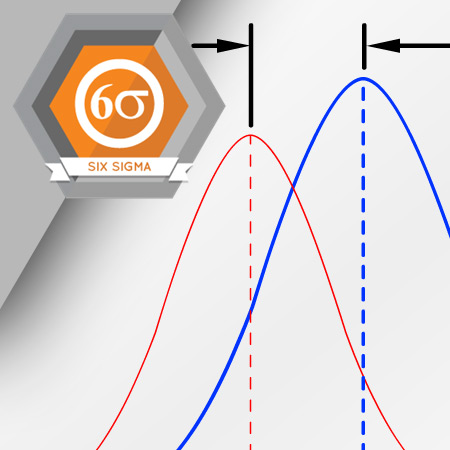
Before any problem can be eliminated or controlled, the cause of the problem must be identified and confirmed. Six Sigma teams use statistical tools to perform an analysis of data to identify and confirm the variable that causes most variation in a process or product.
Learning Objectives
- Create and interpret multi-vari studies
- Identify the differences between positional, cyclical, and temporal variations
- Identify the largest source of variation in a process using a multi-vari study
- Interpret the linear correlation coefficient
- Determine the statistical significance of a linear correlation coefficient
- Identify the equation for linear regression
Language: English
Estimated Time (Hrs.): 1.9
Micro-module: No
Micro-module Series: No

Hypotheses tests are statistical methods of making decisions on the results of a study to determine if the results are truly related, or if they occur by chance. Hypotheses tests differ in the results they produce and what information is required, but they all share some basic terms and concepts.
Learning Objectives
- Define and distinguish between statistical significance and practical significance
- Apply tests for significance level, power, and type I and type II errors
- Define null and alternative hypotheses
- List acceptable null and alternative hypotheses for statistical parameters
- Determine appropriate sample size for various tests
- Define confidence levels and confidence intervals
- Calculate confidence intervals for population parameters
Language: English
Estimated Time (Hrs.): 1.5
Micro-module: No
Micro-module Series: No

Six Sigma teams must understand the difference between the types of hypotheses tests to determine the proper test for the problem. Selection of the proper test is determined by the statistical parameter to be tested and the available information from the sample data.
Learning Objectives
- List common hypotheses tests
- Define and describe paired-comparison hypotheses tests
- Define terms related to one-way ANOVAs and interpret their results and data plots
- Define and interpret chi-square and use it to determine statistical significance
Language: English
Estimated Time (Hrs.): 2.7
Micro-module: No
Micro-module Series: No
